
Consulting Entomologist

Tel/Fax: 01275 854224
E-Mail: [email protected]
Site Guide
Site Search
Home Page
Career Page
Insect Files
- Contents
- Bug Index
- The World of Bugs
- Classification of Bugs
- Insect Identification
- Insect Fossils
- Insect Body-parts
- Micro View of Bugs
- Insect Life Cycles
- Insect Defences
- Insects of Nailsea
- Pesticide Safety
- Bibliography
Shortcut to the main groups of insects and other arthropods...
Bug Rhymes & Poems
Links
Shop
Payments (credit/debit card)
Micro View of BugsSome examples of the weird and wonderful micro-structure of insects and other arthropods. All can be seen with low power microscope (up to x200). Almost any insect or other 'creepy-crawly' found around the house or garden can reveal a hidden world of minute hairs, spines, scales and delicate sculpturing over the body surface. The colour patterns on the body and wings of insects are often due to one or other of these microscopic features. |
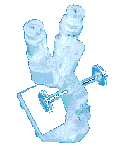 |
Mouthparts |
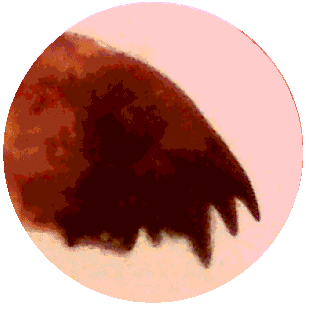
One of the broad, toothed mandibles of a cockroach (Periplaneta americana) used for biting and chewing food (transmitted light, x60). |
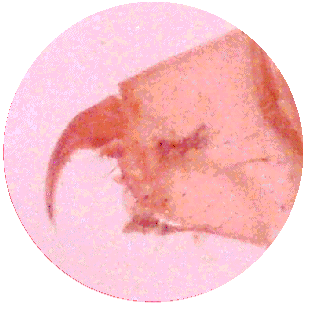
One of the paired fangs or chelicerae of a spider (Araneae). The fang is a tube-like structure with a small hole near the tip for injecting venom into the spider's prey (transmitted light, x60). |
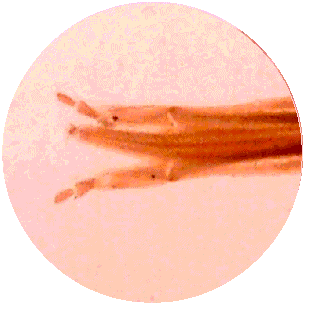
The mouthparts of the honey bee (Apis mellifera) form a tubular tongue through which the insect sucks nectar and similar fluids. The small segmented palps on either side of the central tube are sensory structures (transmitted light, x60). |
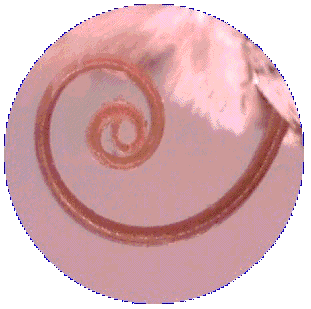
Coiled tubular tounge or proboscis of a noctuid moth (Noctuidae). This type of proboscis is typical of most moths and butterflies, although it is sometimes difficult to see amongst the long, dense facial hairs of these insects. It is uncurled for feeding and used to suck fluids, such as nectar from flowers (incident light, x60). |
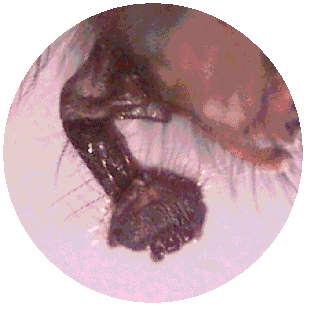
Jointed proboscis of a blow-fly or bluebottle (Calliphora) with its large terminal pad (labellum) to mop up liquid food from surfaces (incident light, x60). |
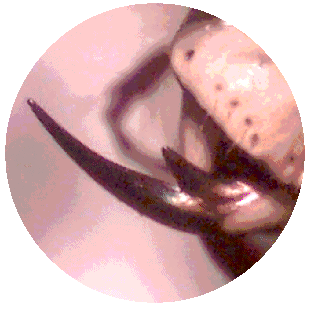
One of the long, sickle-like mandibles of a predatory tiger beetle (Cicindela maritima) used to seize prey. The shorter, inward-pointing basal tooth of the mandible helps crush and tear captured prey (incident light, x60). |
|
<<<
CONTENTS |
NEXT
>>> |
| <<< TOP | (use the back button on your web browser to return to the previous page) | TOP >>> |